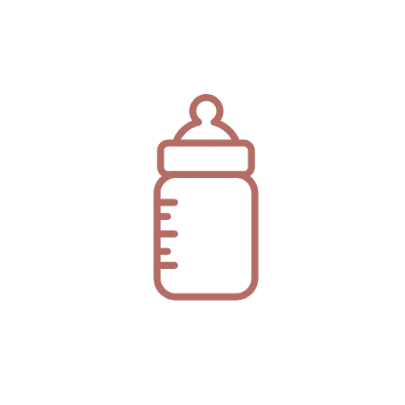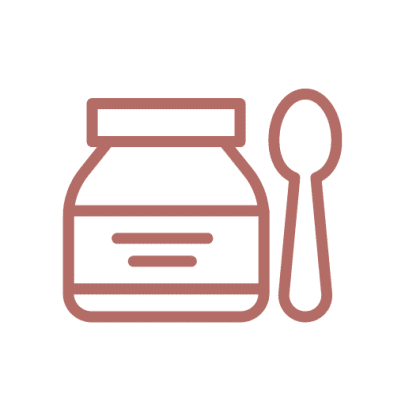What happens when my milk comes in?
Most new mums will agree that the few days following the birth of your baby are probably the most stressful! Not only are you responsible for taking care of a new little person, but your body seems to change daily. One of the noticeable transformations to your body is the start of breast milk production, or the time when your milk “comes in”.
Breast milk production starts during pregnancy, and by the time you are four months pregnant, there are already evident signs: An increase in bra cup size, tender and swollen breasts, and darker nipples and areolas (the area surrounding the nipples). The bumps that surround the areola, called the Glands of Montgomery, become bigger and more noticeable; these glands secrete an oil-like substance which lubricates the nipples, preventing cracking.
Following the birth of your baby and after the placenta has been delivered, the hormone responsible for stimulating milk, prolactin, is released and the first stage of milk production begins. Your first breast milk is a creamy, high-protein, low-fat substance, thick and yellowish in colour, and is called colostrum. Colostrum is full of unique disease-fighting antibodies called immunoglobulin, which aid in strengthening your baby’s immune system.
This is followed, usually three to four days after birth, by a surge of milk, referred to as your milk “coming in”. Your breasts feel noticeably fuller, firmer and heavier, and the milk produced is thinner in consistency, similar to trim milk. Your milk volume will continue to increase, even if you decide not to breastfeed. Don’t be too concerned if your milk takes a little longer to come in, as your body will continue to produce colostrum, which adequately feeds and nourishes your baby. If you are at all concerned about your baby receiving enough nourishment, or about any aspect of breastfeeding or breast milk, talk to your LMC or a lactation consultant.
To stimulate milk production, put your baby to your breast immediately following birth and breastfeed your baby as soon as you can, and continue to feed regularly and on demand. The production of milk works on supply and demand: The more often your baby feeds, the more milk is produced to meet this demand. Stopping regular breastfeeding, changing your breastfeeding routine, or not feeding correctly and not emptying your breasts sufficiently may lead to breast engorgement.
Breast engorgement is caused by an imbalance between the supply and demand of milk, and is the most common reason mothers stop breastfeeding. Engorged breasts feel swollen, firm, and painful; nipples may flatten out and become cracked and may even bleed, making it difficult for your baby to latch on during feeding. A slight fever and swollen lymph nodes in the armpits are common symptoms of breast engorgement.
To alleviate the symptoms of breast engorgement, place a warm cloth on your breasts for a few minutes, gently applying a downward pressure. This is often best done during a warm shower. Cold packs such as a bag of frozen peas wrapped in a towel and placed on engorged breasts may aid in drawing out the milk too. And Heat Packs also provide comfort. If you are usingHydrogel Breast Discs to help soothe cracked nipples – these can also be stored in the fridge so you get extra cooling comfort when you use them. Fortunately, breast engorgement usually eases within 24 to 48 hours, provided breastfeeding continues. If you find breast engorgement seriously painful or you have pain that doesn’t abate, talk to your LMC or a lactation consultant for advice.








